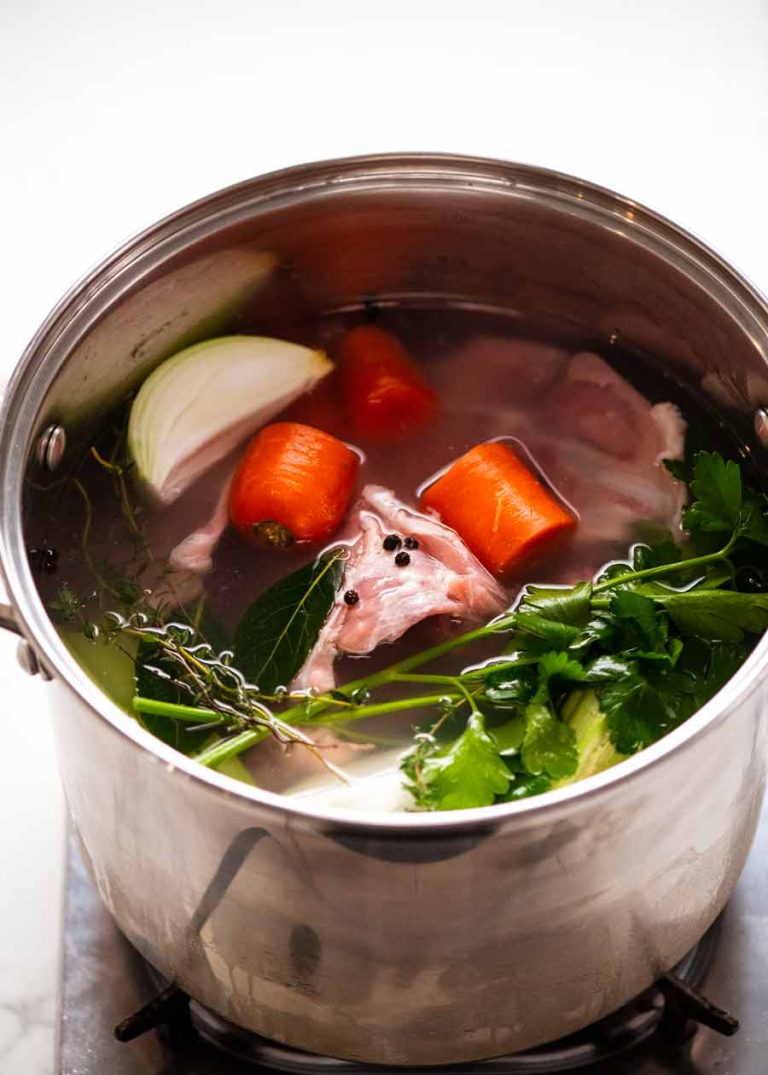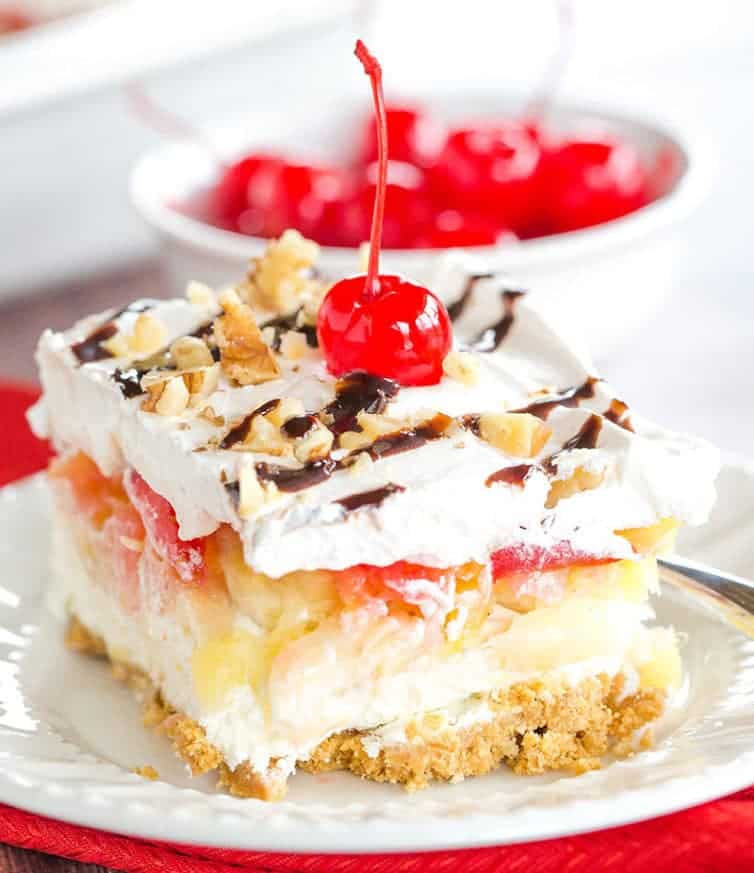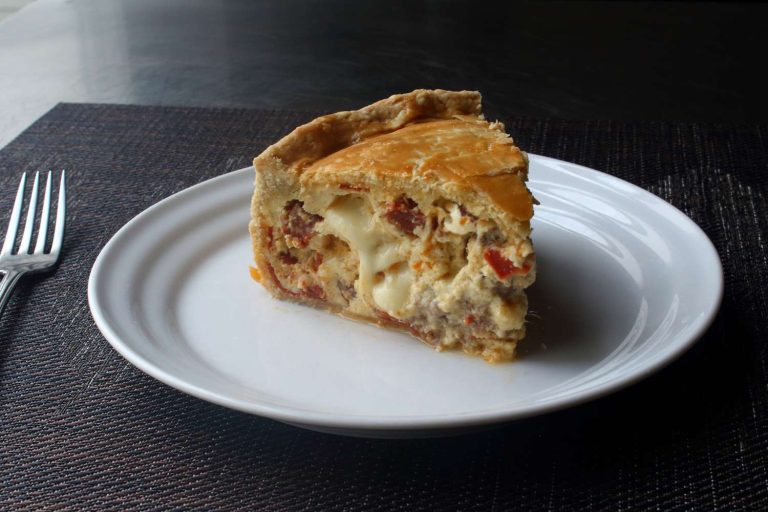Khachapuri Georgian Cheese Bread: History, Styles, and Recipes
Khachapuri’s roots trace back to ancient Georgia, reflecting the country’s agricultural heritage and love for dairy. Cheese has been a central element in Georgian cuisine for centuries, and Khachapuri combines this with bread-making traditions. Early references to Khachapuri appear in medieval texts, indicating its long-standing popularity. You can see how this dish has evolved as a staple of Georgian daily life.
Regional Variations
Each region in Georgia brings a unique twist to Khachapuri, offering a diverse culinary experience. Adjarian Khachapuri, for instance, has a boat shape filled with cheese, butter, and an egg. Imeretian Khachapuri features a circular form with cheese baked inside the dough. Megrelian Khachapuri includes additional cheese both inside and on top for an extra cheesy flavor. You’ll find that these variations bring distinct characteristics to this beloved dish, making each version worth trying.
Key Ingredients in Khachapuri
Cheese Selection
Cheese is a pivotal ingredient in Khachapuri. Traditionally, you use Imeretian cheese for a rich texture and mild flavor. Imeretian cheese comes from the Imereti region and offers a balanced taste. Another option is Sulguni cheese, known for its elasticity and slightly tangier profile. Combining these two cheeses yields optimal results. If these traditional cheeses aren’t available, you can substitute with a mix of mozzarella and feta to mimic their texture and flavor.
Dough Preparation
The dough provides the foundation of Khachapuri. You create the dough using basic ingredients: flour, water, yeast, salt, and oil. Start by mixing the flour and yeast in a bowl. Gradually add water and oil, forming a soft, pliable dough. Season with salt, then knead until smooth. Let it rise in a warm place until it doubles in size. This process is essential for achieving the bread’s characteristic texture. The dough should be elastic yet firm, enabling you to shape it into different regional variations like Adjarian or Imeretian styles.
Step-by-Step Baking Guide
Preparing the Dough
To prepare the dough for Khachapuri, combine 2 cups of warm milk, 1 tsp of sugar, and 2 tsp of dry yeast in a bowl. Let the mixture sit for 10 minutes until frothy. Add 4 cups of all-purpose flour, 1 tsp of salt, and 1/4 cup of melted butter. Mix until a sticky dough forms. Knead the dough on a floured surface for 10 minutes, adding more flour if needed to reach a smooth consistency. Place the dough in a greased bowl, cover it with a damp cloth, and let it rise for 1 to 1.5 hours until doubled in size.
Assembling the Bread
Roll the dough into a large rectangle on a floured surface after it has risen. Spread a generous layer of cheese filling (a mix of Imeretian or Sulguni cheese, or alternatives like mozzarella and feta) over the dough. If making Adjarian Khachapuri, shape the dough into a boat and place the cheese in the center, leaving room for an egg to be added later. For simpler styles like Imeretian, form the dough into a round shape, gathering the edges over the cheese and pinching them to seal. Flip the dough seam-side down and gently flatten it.
Cooking Techniques
Preheat your oven to 475°F (245°C) while preparing the assembled Khachapuri. Place the bread on a parchment-lined baking sheet. Bake for 10-12 minutes until the crust starts to brown. For Adjarian Khachapuri, remove from the oven, crack an egg into the center, and return to the oven for 3-5 minutes until the egg sets. Brush the crust with melted butter immediately after baking. Allow the bread to cool slightly before serving.
Serving and Enjoying Khachapuri
Traditional Accompaniments
Khachapuri pairs well with common Georgian sides. These include tkemali, a tangy plum sauce, which adds a tart contrast to the cheesy bread. Adding a glass of Georgian wine like Tsinandali complements the richness of the dish. Including fresh vegetables such as sliced tomatoes or cucumbers provides a refreshing balance. Compote, a traditional fruit drink, also accompanies Khachapuri well, offering a sweet counterpart.
Modern Twists on Serving
In contemporary settings, Khachapuri can be reinvented with variety. Incorporate different cheeses like gouda and cheddar to create a new flavor profile. Serve Khachapuri with a side salad of arugula, walnuts, and pomegranate seeds for a modern touch. Fusion cuisine can also involve topping Khachapuri with ingredients like smoked salmon or prosciutto for a unique taste. Pairing it with craft beers or modern cocktails offers a chic dining experience.
Health and Nutritional Aspects
Caloric Content
Khachapuri, known for its rich cheese filling and dough base, has a substantial caloric content. One serving can contain anywhere between 350 to 600 calories, depending on the size and ingredients used. The combination of cheese, often high in fat and protein, along with the dough, which is carb-dense, contributes to its higher calorie count. Consuming Khachapuri should be done in moderation if you’re monitoring your calorie intake.
Dietary Considerations
Khachapuri includes common allergens like dairy and gluten. If you have lactose intolerance or a gluten sensitivity, consider using dairy-free cheese alternatives and gluten-free flour to modify the recipe. The dish is versatile and can adapt to various dietary restrictions. While traditionally high in fat and carbs, using low-fat cheese and whole wheat flour can make it healthier. Ensure nutritional balance by serving it with fresh vegetables or a side salad.
Conclusion
Exploring Khachapuri opens up a world of rich flavors and cultural heritage. Whether you stick to traditional recipes or experiment with modern twists, this Georgian cheese bread offers a delightful culinary experience. It’s a versatile dish that can be enjoyed in various forms, from a hearty breakfast to a satisfying snack.
Embrace the joy of making Khachapuri at home, and don’t hesitate to share it with friends and family. Pair it with your favorite accompaniments and savor the authentic taste of Georgia. This delicious bread is more than just a meal; it’s a celebration of tradition and creativity in the kitchen.






